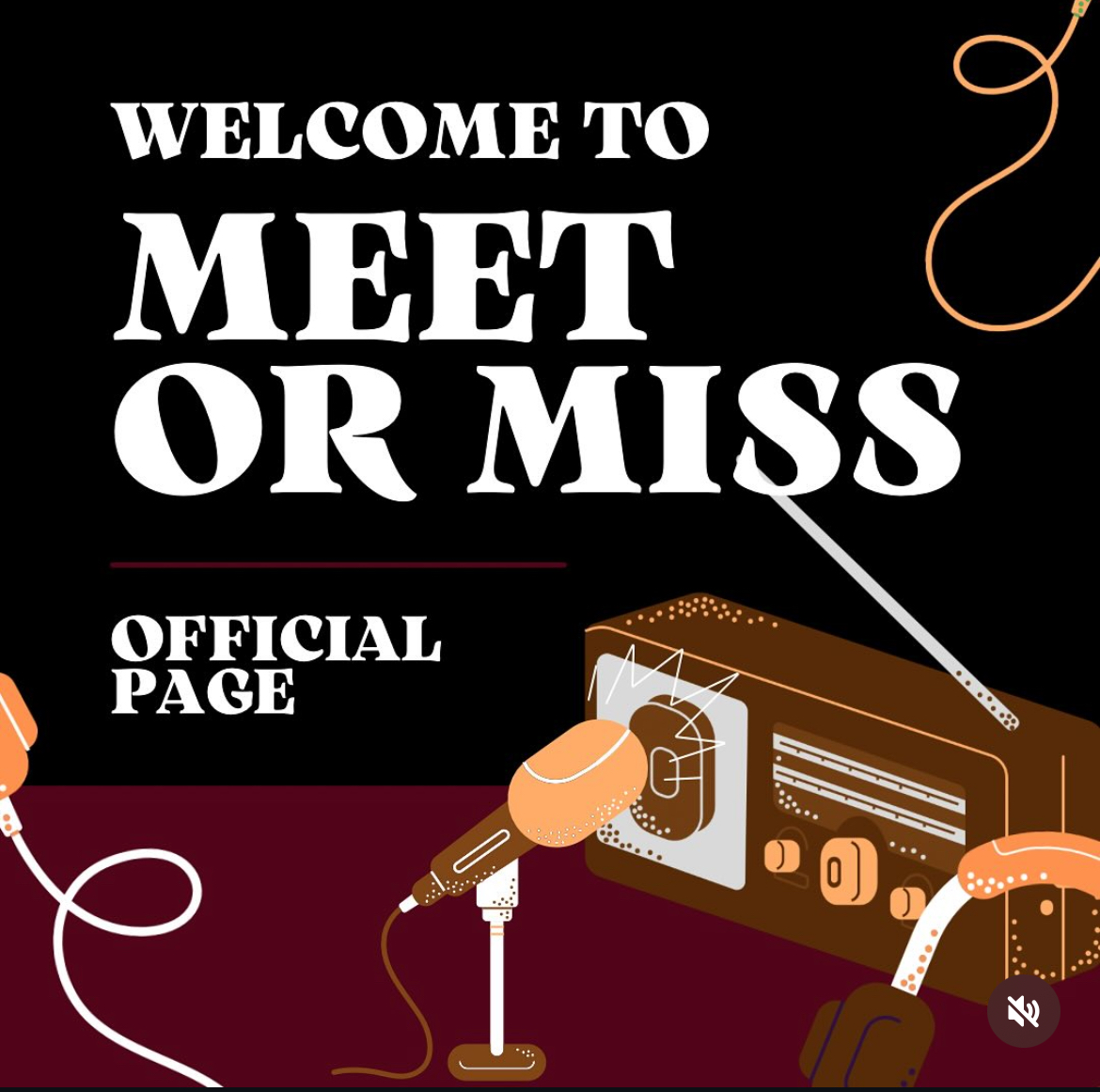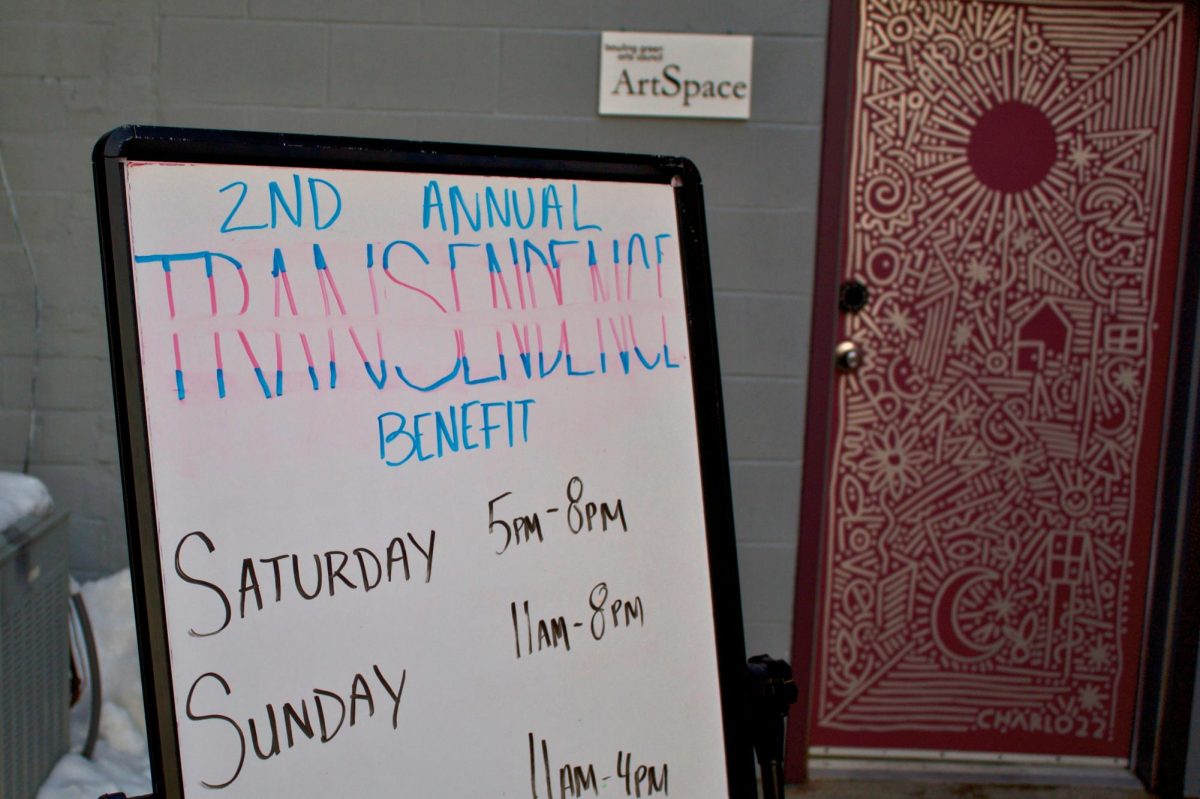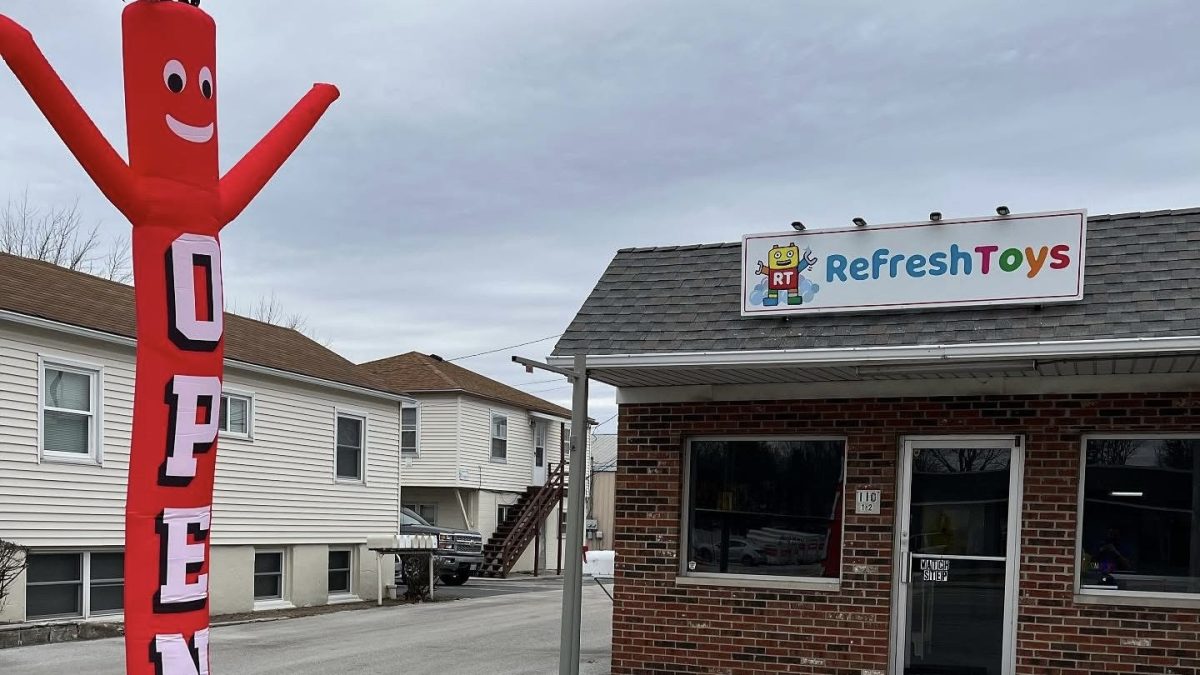As United States President Barack Obama announced a significant reduction of U.S. troops in Afghanistan by year’s end, colleges could see an increase in veteran students on campus.
While Obama announced in February a large withdrawal by the end of 2014, he wants to leave up to 10,000 of the current 35,000 troops in the country, but Afghanistan President Hamid Karzai as of yet refused to sign the Bilateral Security Agreement with the U.S., which would allow American troops to remain there. Without a signed deal, all U.S. and NATO forces would have to withdraw from Afghanistan.
This many troops returning home, coupled with massive cuts to the Pentagon budget, could lead to an increase of veterans in higher education.
The University itself could see as much as a 20 percent increase in veterans on campus, said Eric Buetikofer, a recruiter in the Department of Non-Traditional and Transfer Students.
“All of the military are downsizing right now,” Buetikofer said. “Big time.”
U.S. Defense Secretary Chuck Hagel worked with Obama to cut $75 billion from the Pentagon budget for fiscal year 2015.
More and more veterans are being offered earlier retirement or are not seeing their contracts renewed, Buetikofer said.
“There is a lot of people getting pushed out that way,” Buetikofer said.
The University is home to 550 veteran students, Buetikofer said.
Of those, 50 percent are veterans who are out of active duty; 45 percent are National Guard and reserve and 5 percent are active duty.
The University is nationally recognized for its veterans’ services, and has been named a “military-friendly school” by GI Jobs magazine and has been recognized by Military Times EDGE as one of the nation’s top “Best for Vets” higher education institutions.
“We have a reputation for being good with vets,” Buetikofer said.
Student veterans have access to Veterans’ Affairs Benefits such as the Montgomery GI Bill and Post 9/11 GI Bill, which helps with tuition and provides housing stipends, Buetikofer said.
The University has two certifying officials located in the Office of Registration and Records who assist students eligible to receive veterans’ benefits.
New this year, the University is also part of a pilot program called PAVE, or Peer Advisors for Veteran’s Education. This program, started by the University of Michigan Depression Center and Department of Psychiatry, and Student Veterans of America, seeks to connect veterans on campus and inform them of all the services available to them.
The University became one of three universities to participate in this program in February.
The goal of PAVE is to increase retention among veterans on campus, as there tends to be “a lot of attrition,” Buetikofer said.
The necessity of such a program rests on the fact that, for veterans, transitioning to college life is different than for traditional students.
“It’s not like an 18-year-old coming here and living in the dorms,” Buetikofer said.
Senior Josh Noblet can attest to this sentiment.
Noblet, 24, is a veteran of the National Guard who served in Afghanistan.
He joined the Guard in December 2007 and did basic training right out of high school.
Originally from Galion, Ohio, he started at the University in 2009 as an education major before switching to history.
Noblet was part of a recent Ohio deployment, when 2,800 troops, 63 of whom were BGSU students, were deployed in Afghanistan in September 2011.
Noblet got injured on deployment with a fractured skull. He returned early, in June 2012, because of it.
He then started working for the National Guard doing odd jobs until registering again for classes again in spring 2013.
Like most veterans, he struggled to transition to civilian life when he returned from deployment.
“It was bad,” Noblet said. “You just feel like you’re on your own.”
While deployed in Afghanistan, Noblet was part of security forces on a small base in Jalalabad, near the border of Pakistan. He also did work with field artillery.
“Your military career job doesn’t transfer over [to the civilian job market,]” Noblet said. “You can stop avalanches, I think, is the only job you can use cannons.”
The University’s services for veterans have allowed him to pursue a higher education; after graduation, he may pursue a career in academia or at a historical society.
“Before deployment, I don’t remember any of this existing,” Noblet said.
He is now a peer mentor in the PAVE program.
If the program is successful, it will be rolled out nationally next academic year, Buetikofer said.
As for the Afghanistan War, it is now America’s longest, at 12 years.
The wars in Iraq and Afghanistan will cost between $4 trillion and $6 trillion, according to a 2013 Harvard study authored by Linda Bilmes.
The more money the U.S. invests in the war, the more important that investment not be in vain, said Marc Simon, associate professor of political science at BGSU.
“Having spent 13 years trying to prop up this government, it would be embarrassing for the U.S. if all the gains in the Afghanistan war were lost shortly after we pull out,” Simon said. “The fear is if we got out too soon, the Taliban would not be suppressed enough for the Afghanistan military to handle it.”
The Afghanistan government doesn’t have the money or the military power to sustain the war on its own. Considering this, what will likely happen when the U.S. draws out is that Karzai will enter into a power-sharing solution with the Taliban, Simon said.
This year has been the first time since 2001 that Americans are as likely to say U.S. military involvement in Afghanistan was a mistake as to say it was not, according to a February, 2014 Gallup poll.
Forty-nine percent of Americans in 2014 said the war was a mistake, according to the survey. Comparatively, 44 percent thought so a year ago, and nine percent thought so in 2001.
“The American public is tired of and distracted by the war in Afghanistan,” Simon said. “Americans are ready to get out, and have been for a long time.”













